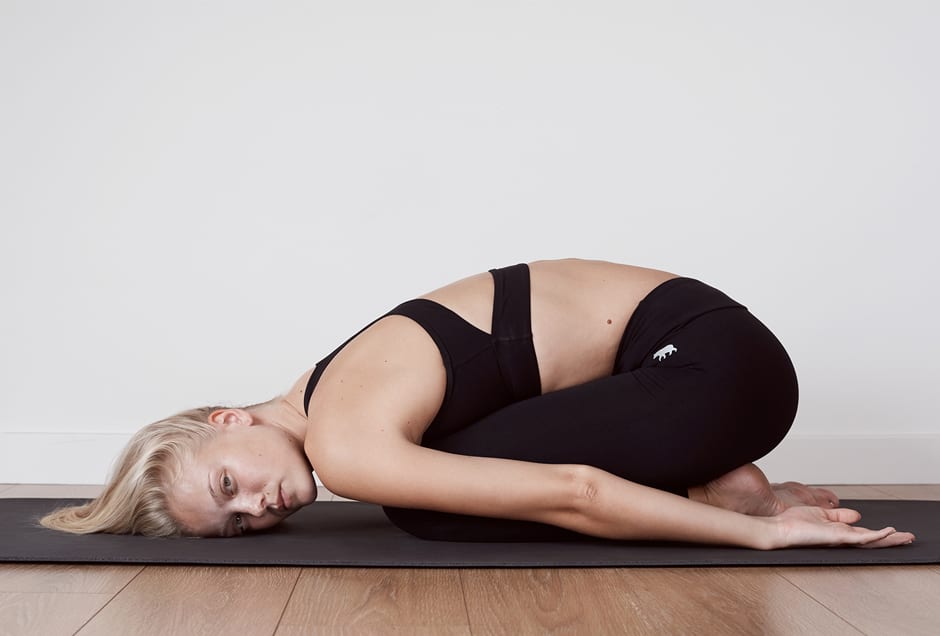
The most important thing you can do for your workout recovery is program it like you would any other session: make it a must-do. Targeted recovery protocols, followed daily, will ensure you are ready to give 100 per cent each session. They’ll also aid in injury prevention, stopping that cycle of over training, injury, rehab and subsequently starting over at the same point every three or four months.
Imagine if you could train uninterrupted by fatigue (other than the normal amount from training), injury and sickness, for 12 months. Recovery makes the difference. So do the following and watch what happens.
"You can’t go all-out all day, every day. You need to abide by biological rules ... Be smart with your training and you’ll be able to train for longer."
Nutrition
Hands down, this is the quickest way to sort yourself out. Eat to recover and eat to perform. Let’s admit what we all really know: that any food we can simply grab from a window isn’t good for us. Be accountable for that movement of your hand to your mouth.
Branched Chain Amino Acids
Found in supplements. Pre, during and post training we can use these. I’ve been using Bodyscience supplements for years and they are a daily must for me and the athletes / clients I train.
Compression
I advise wearing compression tights after training and while you sleep. Compression socks and compression longs are great for travel as well.
Water
Drink water! Our bodies need it and we think better (cognitive function improves) with it. Our physical performance will decrease up to 30 per cent with a simple 500ml loss of fluid.
Sleep
If sleep is cut short, the body doesn’t have time to repair memory, consolidate memory, and release hormones. Sleep also improves mood, performance and concentration: aim for eight hours per night. If you can’t, studies have shown 20-minute naps during the day are the next best thing.
Training Cycles
You can’t go all-out all day, every day. You need to abide by biological rules. Three to four-week training blocks are best, where you increase the load or intensity for two to three weeks and then back off on the third or fourth week; it’s what we call ‘unloading’. Be smart with your training and you’ll be able to train for longer.
Kevin Toonen is a strength and conditioning coach, powerlifting coach, tactical strength and conditioning coach, athlete development coach, former soldier and board member of the Tactical Strength and Conditioning association.



